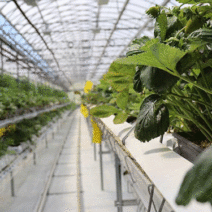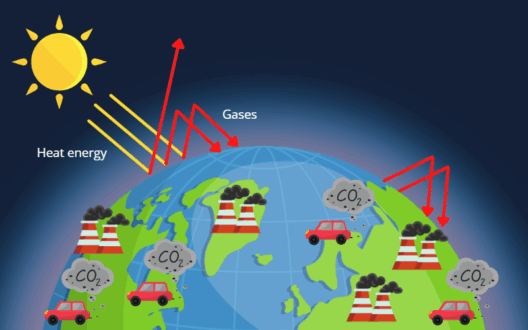The water cycle, an intricate ballet of evaporation, condensation, precipitation, and infiltration, underpins the very existence of life on Earth. It is an essential process that redistributes water, a finite resource, across the planet. However, as global warming continues to escalate, this delicate balance is being disrupted. The implications of this disruption are profound, affecting ecosystems, weather patterns, and human societies.
At its core, the water cycle begins with evaporation, where solar energy drives the transformation of liquid water from oceans, rivers, and lakes into water vapor. This vapor rises into the atmosphere, cooling and condensing into clouds—a process bolstered by physical phenomena such as orographic lift and thermal updrafts. Changes in global temperatures threaten to modify these natural processes dramatically. As the planet warms, the rate of evaporation increases, leading to more moisture in the atmosphere. This additional moisture can intensify storms, leading to extreme weather events.
Moreover, increased evaporation does not occur uniformly across the globe. Some regions may experience drought, while others are inundated with intense rainfall, thereby intensifying the concept of hydrological extremes. The areas that are already challenged by water scarcity face a heightened risk of prolonged dry spells. Here, agricultural productivity falters, and the scarcity of freshwater resources becomes a pressing issue for both human populations and wildlife habitats.
As water vapor ascends and cools, condensation forms clouds. The characteristics of these clouds are changing due to global warming. Studies have indicated that warmer air holds more moisture, resulting in denser and more moisture-laden clouds. Consequently, precipitation patterns are shifting. Some regions might experience an increase in rainfall, leading to flooding and erosion, while others may see decreased precipitation, exacerbating conditions for drought situations. The altered distribution of rainfall complicates reservoir management, complicating water supply stability and agricultural planning.
The precipitation phase of the water cycle manifests through forms such as rain, snow, sleet, or hail, each having distinct implications for ecosystems and human activity. Warming temperatures shift the altitude at which precipitation falls as snow rather than rain, particularly in mountainous regions. Snow accumulation is vital for numerous river systems; the gradual melting of snowpack serves as a resilient water source during warmer months. Reduced snowpack and earlier snowmelt can lead to significant declines in water availability during crucial growing seasons, further straining agriculture and domestic water consumption.
Groundwater recharge, a critical component of the water cycle, is also being affected. The disruption of the natural replenishment of aquifers means that the long-term sustainability of groundwater supplies is in jeopardy. Over-extraction, compounded by the diminished natural recharge, results in lower water tables and deteriorating water quality. This scenario paints a bleak picture for communities reliant on groundwater as their primary source of freshwater.
The changes in the water cycle also amplify the risks associated with natural disasters. Increased intensity and frequency of extreme weather events—like hurricanes and typhoons—are linked to a warmer atmosphere. The combination of heightened evaporation and warmer ocean temperatures leads to storms that are not only stronger but also capable of carrying more water. This results in catastrophic flooding in coastal and inland areas alike, impacting infrastructure, ecosystems, and economies.
The water cycle interfaces with various ecological systems, and perturbations to this cycle disrupt these intricate relationships. Wetlands, which play a critical role in mitigating flooding, purifying water, and providing habitat for diverse species, depend on the delicate balance of regular inundation and drainage. Altered rainfall patterns can lead to wetland degradation, impacting biodiversity and disrupting food webs in these vital ecosystems.
To address the consequences of global warming on the water cycle, proactive measures must be undertaken. Increased investment in water conservation, restoration of natural ecosystems, and advancements in irrigation technologies are vital. These solutions must be holistic, considering the socio-economic implications and the need for equitable access to water resources. Furthermore, cities and communities should adopt better stormwater management strategies to handle intense precipitation episodes while ensuring that water is captured and reused.
Educational initiatives aimed at raising awareness about the importance of preserving water resources and the implications of climate change on the water cycle are imperative. Through education, communities can foster a deeper understanding of sustainable practices and the vital role they play in managing this essential resource effectively.
In conclusion, the water cycle’s wild ride precipitated by global warming poses significant challenges and opportunities. While the consequences are daunting, the collective response through innovation, adaptation, and sustainability practices can mitigate these impacts. Safeguarding the intricate dynamics of the water cycle is crucial for ensuring a resilient future for ecosystems, agriculture, and human health.








